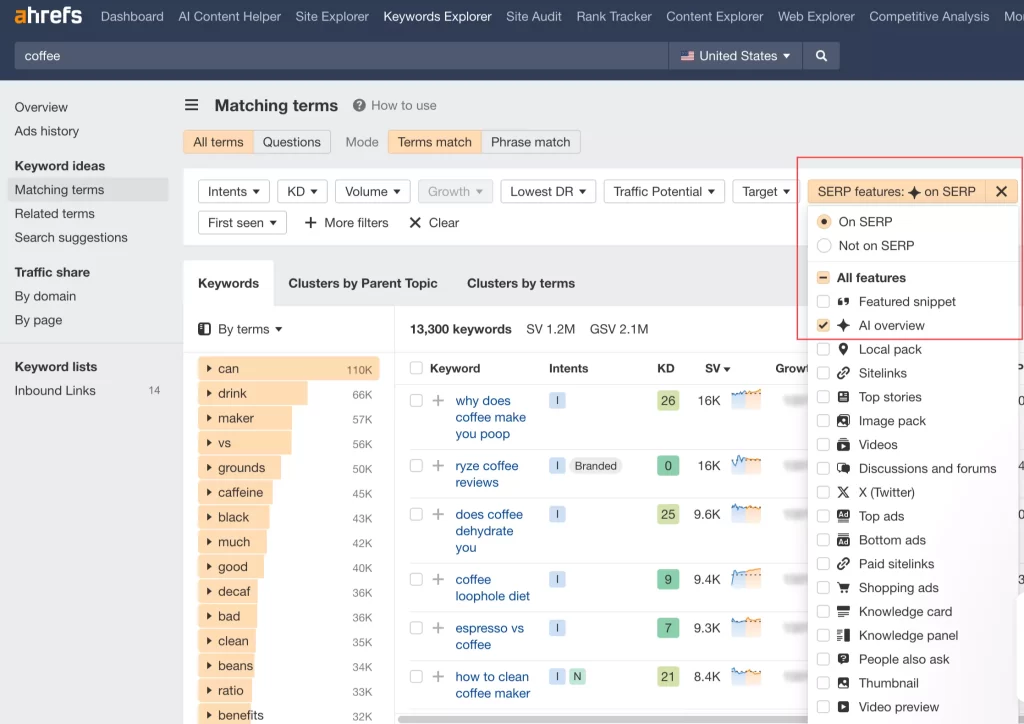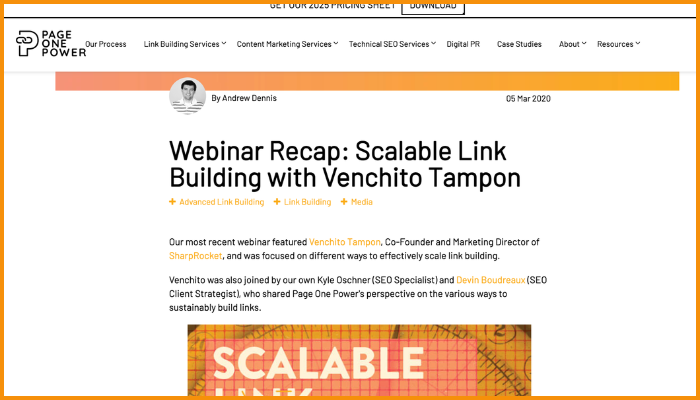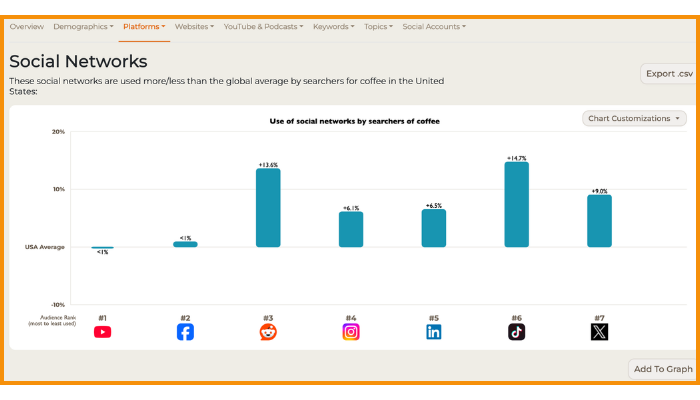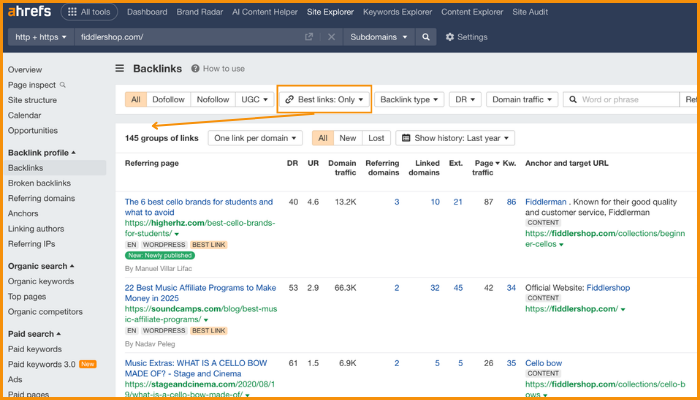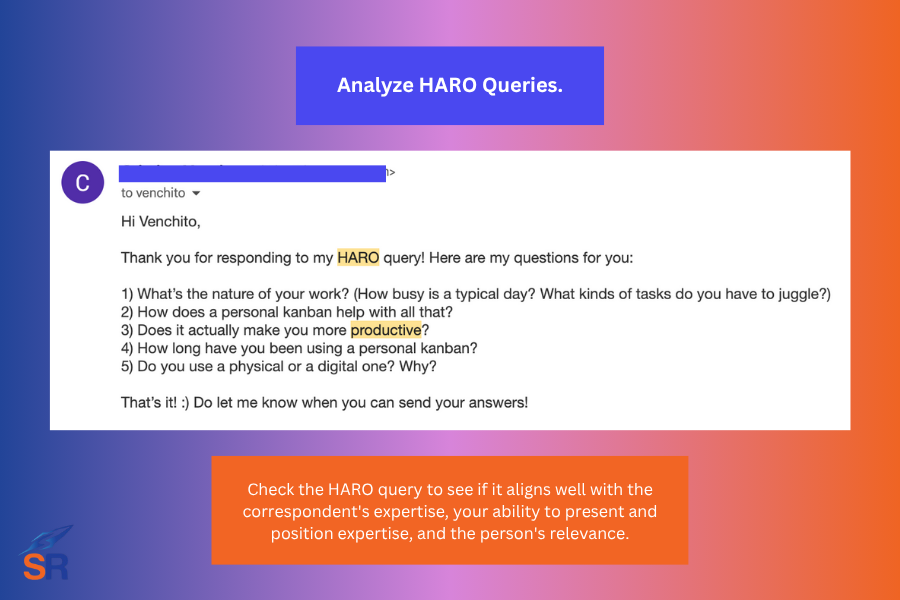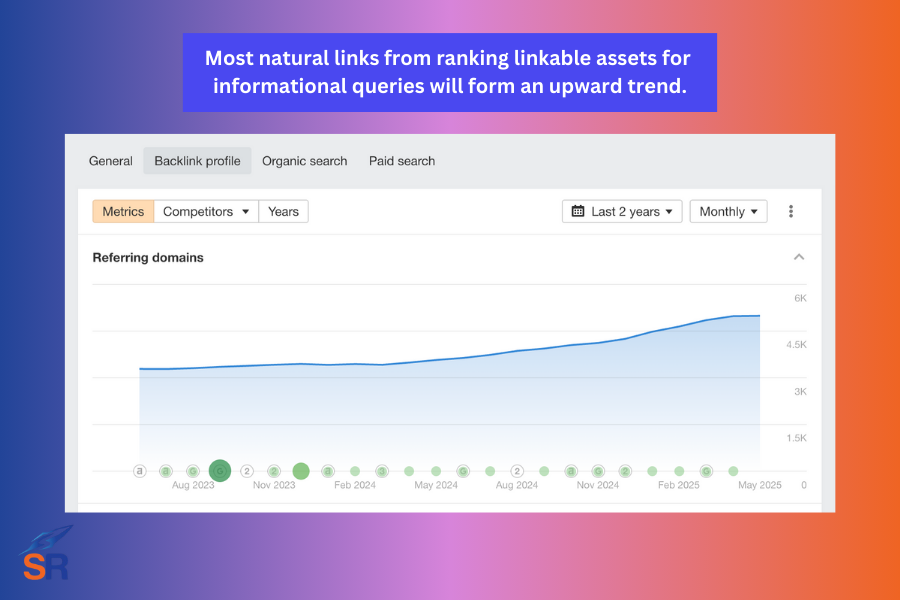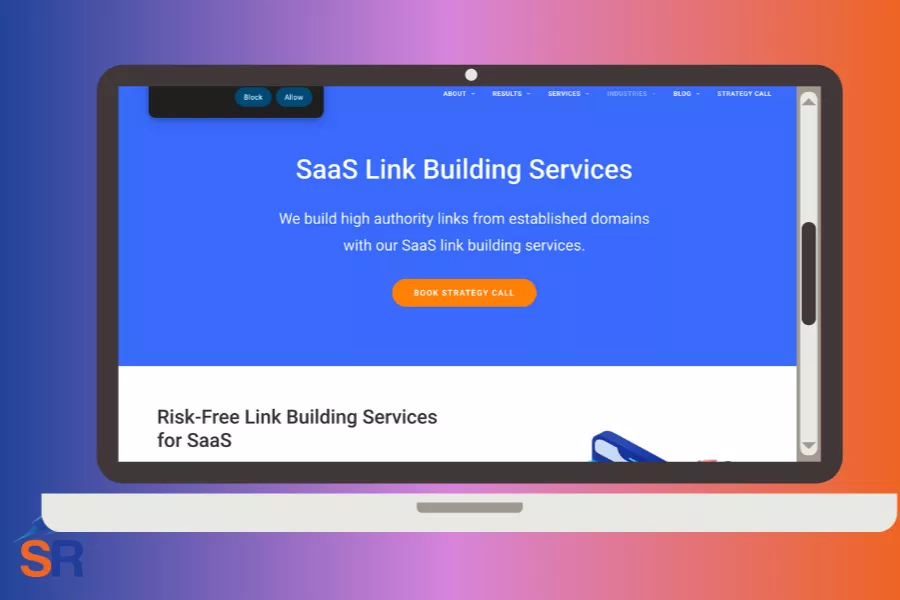As search evolves, the rise of AI overviews in Google results brings fresh opportunities for visibility, but the fundamentals remain the same. While it’s not about optimizing content solely for AI, a strong SEO foundation enhances your brand’s presence across all search experiences, including AI-driven results.
The essentials of SEO—well-structured, unique, and genuinely helpful content—continue to be the bedrock of visibility. However, as digital marketers aiming to build authority and relevance, we can consider AI Overviews as an additional layer that increases brand exposure.
AI overviews offer the chance for brands to surface in a different light, adding an opportunity for expanded visibility in high-quality content spaces.
Contents
ToggleContent Strategy and Link Building for Google AI Overviews
Developing a solid link building and content strategy is pivotal to achieving the right positioning in AI overviews. The key to success is consistently updating content to match user intent, answering complex queries, and designing content that fulfills user needs.
1. Monitor SERP Features for Target Keywords
Monitoring SERP features helps you stay competitive. Some queries now feature AI-generated summaries, videos, images, and other multimedia elements. For example, Google may display a “People Also Ask” section, AI-generated overviews, and even knowledge panels for specific keywords.
Tools like Ahrefs, and SEMRush can identify which keywords yield SERP features, like AI overviews, that may benefit from multimedia content additions. This data enables you to adjust your content by incorporating structured data, images, or videos.
2. Creating High-Quality, User-Focused Content with EEAT
High-quality content, especially when structured for user engagement, enhances your visibility potential across search types. Google’s EEAT (Expertise, Experience, Authoritativeness, and Trustworthiness) are critical for ranking in AI-driven search.
Focus on creating original perspectives that add value (information gain), grounded in genuine expertise and real-life experience. Google’s AI algorithms identify rehashed content and can now better recognize authentic, informative resources.
Showcase your expertise by weaving in firsthand examples, studies, and insights that differentiate your content from competitors. Content that draws from expertise is more likely to rank and appear in AI-driven summaries.
3. Deep Dive into Audience Research and Core Topics
In-depth audience research is non-negotiable in aligning content with user intent and needs. Google’s ranking systems now prioritize content relevant to a website’s primary purpose. Publishing content that strays from core topics risks diminishing your authority in Google’s view.
Create audience personas to understand what your audience values. Develop content around these insights to ensure they resonate and fulfill their needs.
Ensure each piece of content addresses your audience’s pain points and challenges. If your site focuses on digital marketing, avoid publishing unrelated topics, as Google now distinguishes unrelated content sections within a site.
Google recently noted a shift in visibility for sections of sites like “Fortune Recommends” and “Forbes Advisor” due to disjointed content that wasn’t fully aligned with each site’s primary theme.
4. Link Building That Complements Core SEO
Backlinks remain crucial for reinforcing authority, yet placement has become more strategic in AI. Here’s how to build links that serve both organic search and AI-driven summaries:
- Be strategic in placing links on entities and sites you want to be topically associated with your brand.
- Consider sentiments in the context of the page’s/content’s overall message. Ensure they promote a more positive perception of your product/service and do not work against your offerings.
- Be on the lookout for links/resources/where-to-buy pages that can demonstrate your products’ POV as they get included in the lists pages.
- Make quality control part of your process when checking the entire context of the page/content from which you aim to get links. Not only is it relevant to your site, but it must also help improve the association toward solving problems your prospective customers are experiencing.
5. Optimize Content for Complex Queries
With generative AI allowing users to ask intricate questions in one search, optimizing for query chains—consecutive follow-up questions—is more effective than targeting isolated keywords. By addressing connected topics, your content appears more thorough and relevant.
Write comprehensive guides that anticipate follow-up questions. For instance, if you write about “digital communication skills for HR,” also consider covering “how digital skills benefit talent development” or “common challenges HR faces in digital communication.”
By structuring content with linked topics, you increase the chances of AI identifying it as useful for multi-layered searches.
6. Publish Short-Form Videos Directly on Your Site with Structured Data
While platforms like TikTok, Instagram, and YouTube are popular for short-form video content, don’t overlook the value of hosting these videos on your website. Tools like Wistia can enhance video quality and user experience on your site.
By embedding videos directly, you keep traffic on your domain and have better control over the content’s SEO impact. Additionally, mark up your videos with structured data to make them more discoverable in Google Search and eligible for inclusion in AI overviews.
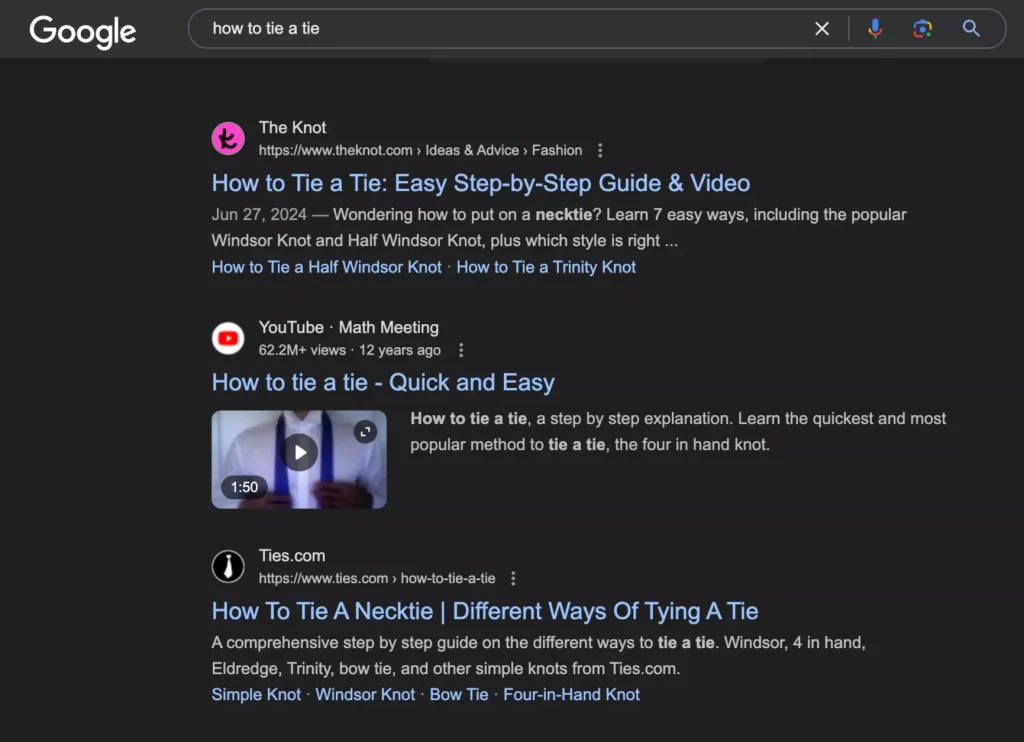
Embed product demos, explainer videos, or testimonials directly on relevant landing pages and use structured data to signal their relevance to Google. This can improve visibility in both standard search results and AI-driven summaries.
7. Enhance Sales Pages with FAQs and FUQs (Frequently Unanswered Questions)
Adding FAQs to your sales pages immediately answers common customer questions, enhancing user experience and optimizing for AI overviews. FUQs, or frequently unanswered questions, address nuanced or lesser-known queries, showcasing your in-depth expertise and understanding of the customer journey.
Identify customer pain points and unique questions that arise during the sales process. Incorporate FAQs and FUQs into your content strategy to address these needs proactively. This thoughtful design positions your content as a comprehensive, reliable source in current search results and evolving AI landscapes.
Positioning Content for Future Search Landscapes
Incorporating these practices prepares your content for success in an evolving SEO landscape, where AI-driven summaries may soon become more prominent. By blending traditional SEO with AI-conscious content practices, you build an adaptable content strategy that remains resilient in a changing environment.
The essentials—quality content, strategic link building, and user-focused design—create a content approach that thrives in AI and traditional search results, establishing your brand as a trusted source.
Written By
Venchito Tampon
CEO and Co-Founder at SharpRocket, a link building agency. With a decade of experience, Venchito has a proven track record of leading hundreds of successful SEO (link builidng) campaigns across competitive industries like finance, B2B, legal, and SaaS. His expert advice as a link building expert has been featured in renowned publications such as Semrush, Ahrefs, Huffington Post and Forbes. He is also an international SEO spoken and has delivered talks in SEO Zraz, Asia Pacific Affiliate Summit in Singapore, and Search Marketing Summit in Sydney, Australia. Check out his other business - Hills & Valleys Cafe.
Reviewed By

Sef Gojo Cruz
COO at SharpRocket, overseeing end-to-end operations, from crafting link building strategies to leading high-performing teams. Previously led SEO initiatives at Workhouse, a digital agency in Australia, and Keymedia, a real estate media company based in New Zealand.
How our LINK BUILDING AGENCY in UK builds 250 links/mo consistently using Predictable Link Building Methodology™…
- Using a SIMPLE and PROVEN system
- Using a SCALABLE strategy
- No private blog networks
- No creepy outreach emails
